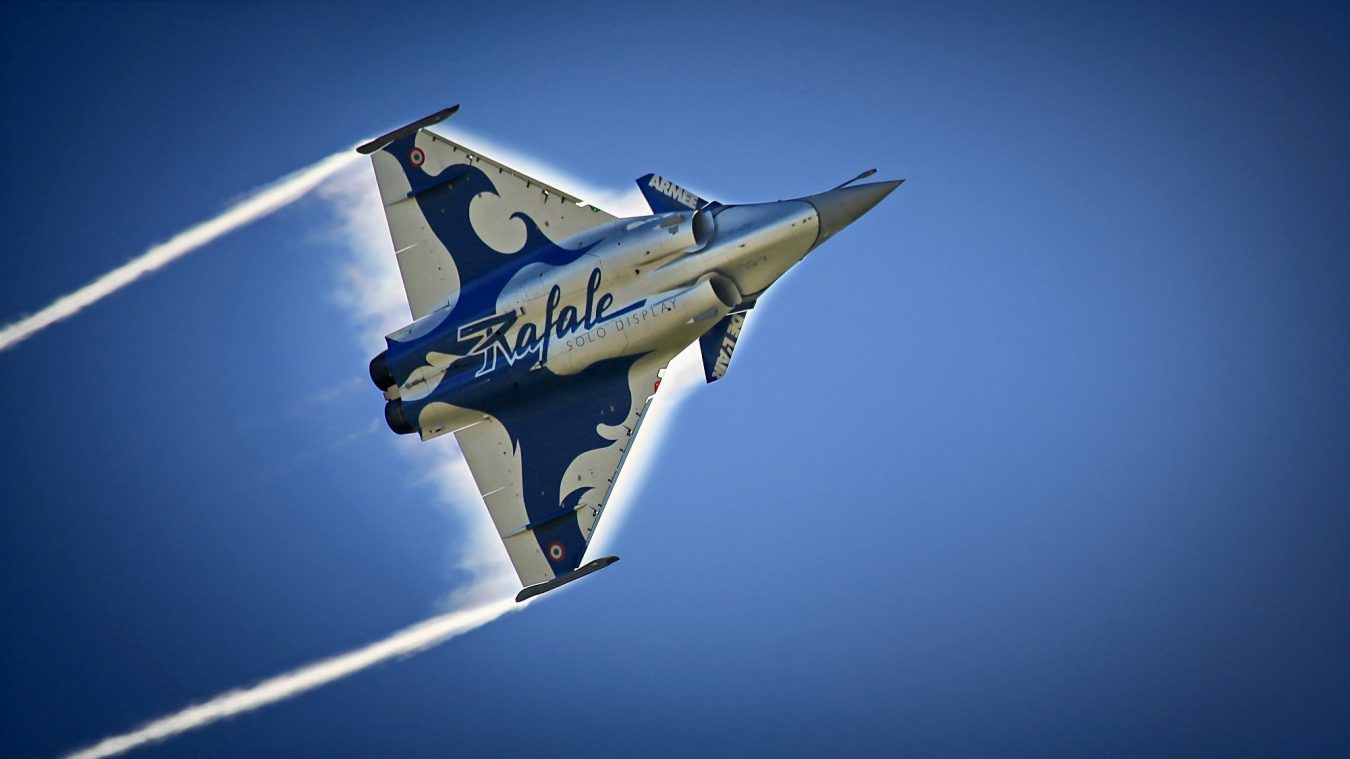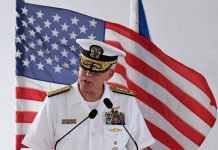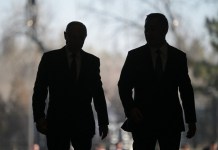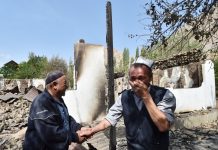On August 14, two French Air Force Rafale fighter jets collided mid-air over the border between eastern France’s Vosges and Meurthe-et-Moselle regions. The tragic accident, which marks the second mid-air collision involving Rafales in two years, has resulted in the loss of lives of two pilots.
The two Rafales were part of the Rafale Transition Squadron 3/4 Aquitaine, stationed at BA 113 Saint-Dizier-Robinson Air Base.
According to the French Air and Space Force, the jets were returning from a refueling mission in Germany when they collided on August 14. The incident took place around 12:30 p.m. near the town of Colombey-les-Belles.
The French Minister of Armed Forces, Sébastien Lecornu, confirmed the details: “An accident involving two Rafales from the Rafale 3/4 ‘Aquitaine’ Transformation Squadron took place in Meurthe et Moselle.”
He added that while one pilot had been rescued and was unharmed, efforts were underway to locate the other pilot, an instructor, and a student from the second jet.
In response to the accident, the Meurthe-et-Moselle prefecture also quickly activated the departmental operational center and initiated the SATER (air-land rescue) plan to coordinate the search and rescue efforts. The prefecture issued a public notice urging residents to avoid the area and follow official instructions to facilitate the operation.
The French Air and Space Force posted an update on social media platform X, detailing the circumstances of the collision. “Today, around 12:30 p.m., two Rafale aircraft from the Rafale Transformation Squadron (ETR) at Air Base 113 in Saint-Dizier (Haute-Marne) collided while returning from a refueling mission in Germany. The two planes crashed near Colombey-les-Belles. So far, only one pilot has been rescued unharmed. The squadron primarily trains pilots and navigators for the French armed forces.”
Live-flight tracking data revealed that an Airbus A330 MRTT tanker, with the callsign VALNT35, had been circling in a standard refueling pattern over Germany before diverting to the crash site. The aircraft’s altered flight path and lower altitude indicated its involvement in coordinating the rescue operations.
An accident involving two Rafale jets from the French Armed Forces occurred in Meurthe-et-Moselle, France. One pilot is safe; search continues.#France #Paris #BREAKING pic.twitter.com/SCPXh5t4ie
— Target Reporter (@Target_Reporter) August 14, 2024
However, the situation took a tragic turn when President Emmanuel Macron confirmed that two French pilots had died as a result of the collision.
In a heartfelt statement on X, Macron expressed his sorrow: “We learn with sadness the death of Capt Sebastien Mabire and Lt Matthis Laurens in an air accident during a Rafale training mission.”
He extended condolences to the families and comrades of the deceased, noting the national grief shared by their fellow service members at Air Base 113.
A French Air Force source told Le Monde that the accident involved one twin-seat Rafale B and one single-seat Rafale C. The pilot of the single-seat Rafale was found safe, while Capt Mabire and Lt Laurens, who were in the twin-seat aircraft, were killed.
The Escadron de Transformation Rafale 3/4 Aquitaine plays a critical role in the French Air Force by training pilots on the Rafale multi-role fighter aircraft.
Based at Saint-Dizier-Robinson Air Base, the squadron is responsible for transitioning pilots from other aircraft to the Rafale platform, covering essential training for various mission profiles, including air defense, ground attack, and reconnaissance.
The cause of the collision remains under investigation by the French Ministry of Defense. Authorities have launched a thorough inquiry to determine the factors leading to the accident and to prevent future occurrences.
Previous Incidents
The recent mid-air collision involving French Rafale fighter jets comes when the aircraft is experiencing significant success in the global export market, positioning itself as a formidable competitor against other heavyweight fighters like the Eurofighter Typhoon. This incident, however, is not the first of its kind for the Rafale fleet.
In May 2022, two Rafale C jets collided during the Cognac National Air Show. Despite the damage from the collision, both aircraft were successfully controlled and landed safely at the 709 Cognac-Châteaubernard Air Base.
Luckily, the pilots emerged unhurt; however, debris from the crash damaged a house in Gensac-la-Pallue, highlighting the wider effects of such incidents. The French Accident Investigation Bureau later attributed the incident to human error, as reported by the EurAsian Times.
The first recorded crash of a Rafale occurred in December 2007 near Neuvic in southwestern France. The investigation revealed that the pilot had become disoriented, leading to the crash.
On September 24, 2009, two French Navy Rafale Marines collided mid-air while returning to the aircraft carrier Charles de Gaulle after unarmed test flights. The accident, which occurred about 30 kilometers from Perpignan, resulted in the death of test pilot François Duflot while the other pilot was rescued.

This crash was particularly damaging for the Rafale program, competing against aircraft such as the Saab Gripen, Boeing’s F/A-18 Super Hornet, and the Eurofighter Typhoon for a contract with the Brazilian Air Force.
Following the crash, the Brazilian Air Force sought information about the incident and ultimately awarded the contract to Saab Gripen.
At that time, Rafale was struggling to secure international buyers, a contrast to its current success, which has seen it sell to countries including Egypt, India, Greece, Indonesia, Croatia, Qatar, and the United Arab Emirates.
On November 28, 2010, another Rafale from the Charles de Gaulle crashed in the Arabian Sea while supporting Allied operations in Afghanistan. The pilot ejected safely and was rescued by a helicopter from the carrier. The crash was later attributed to engine failure caused by fuel starvation, resulting from confusion over switching fuel tanks.
Additionally, on July 2, 2012, a Rafale from the Charles de Gaulle plunged into the Mediterranean Sea during a joint exercise. The pilot ejected and was recovered by an American search and rescue helicopter from the USS Dwight D. Eisenhower.
Despite these challenges, Rafale remains a strong contender in the global defense market, showcasing its advanced capabilities and the durability of its design and training programs.
- Contact the author at ashishmichel(at)gmail.com
- Follow EurAsian Times on Google News




